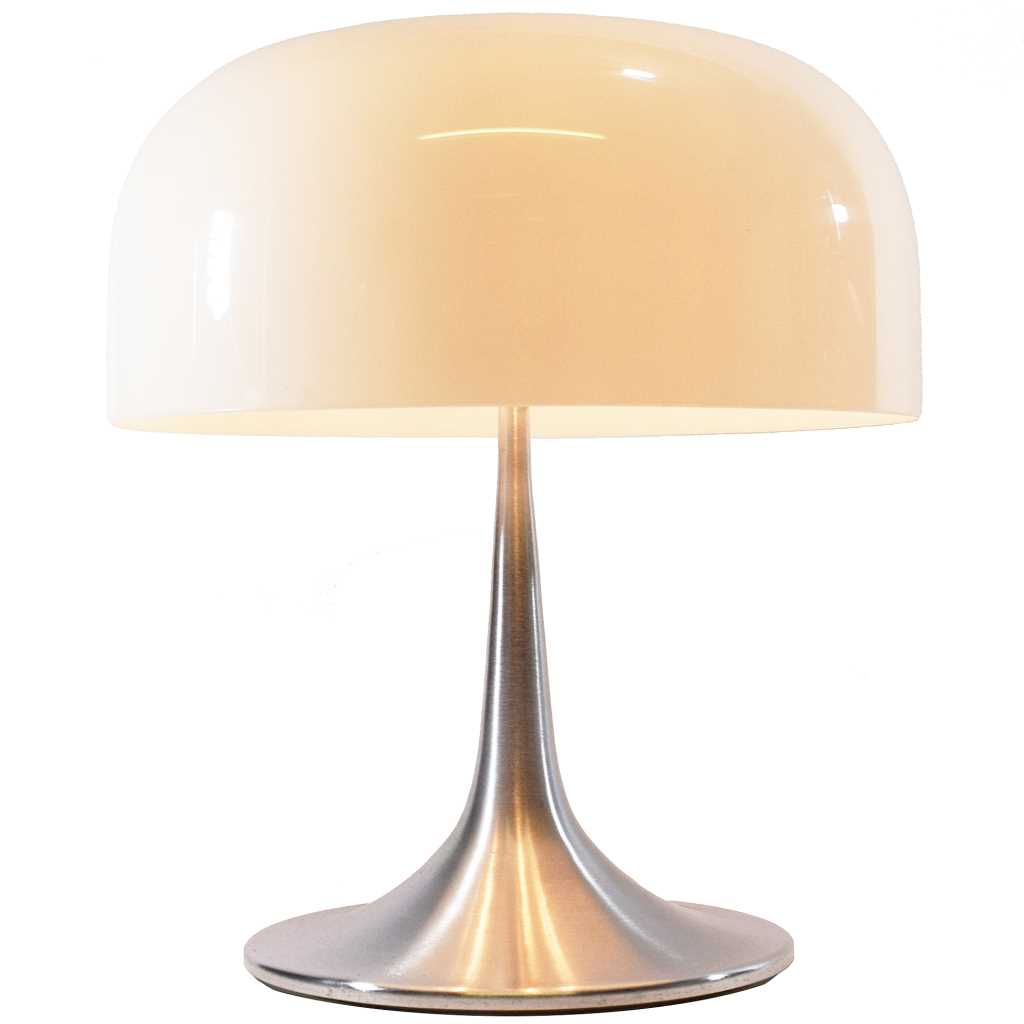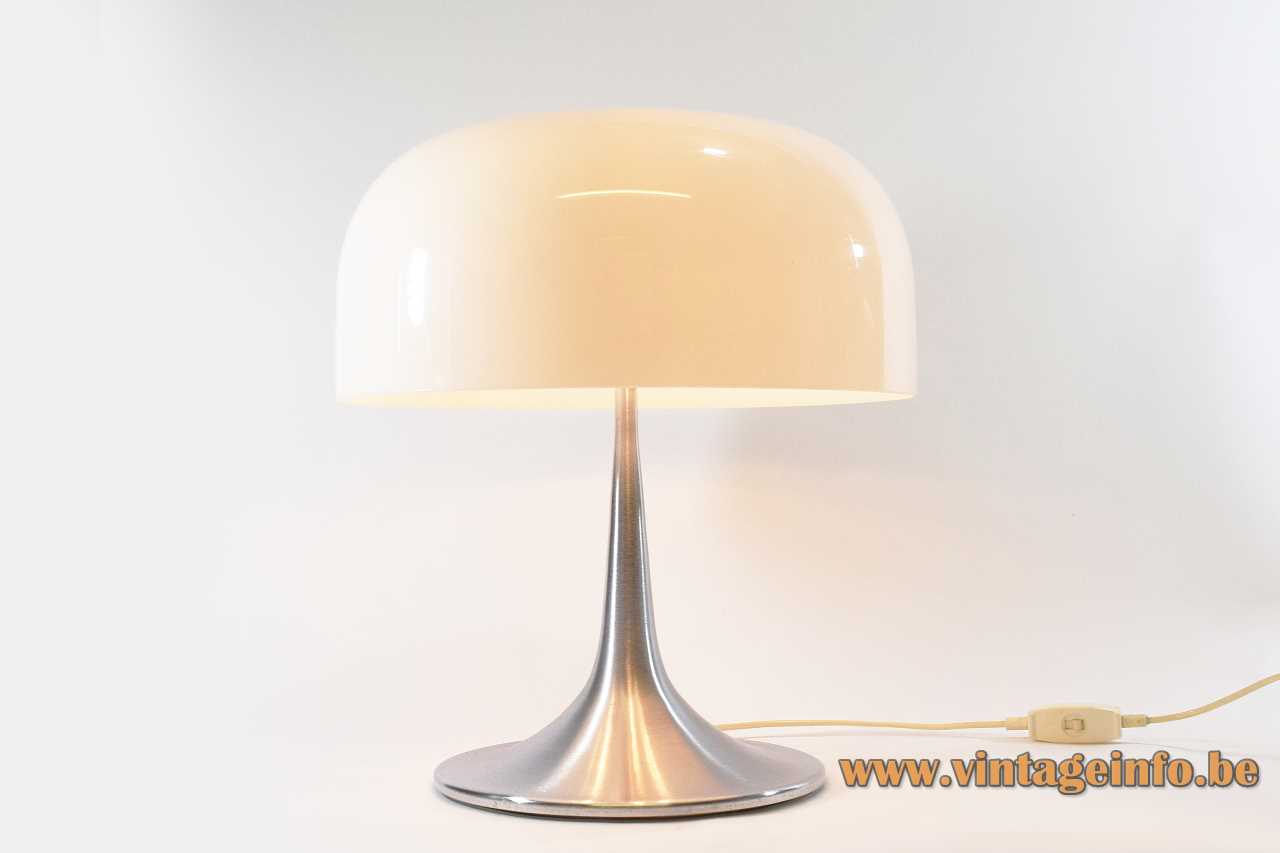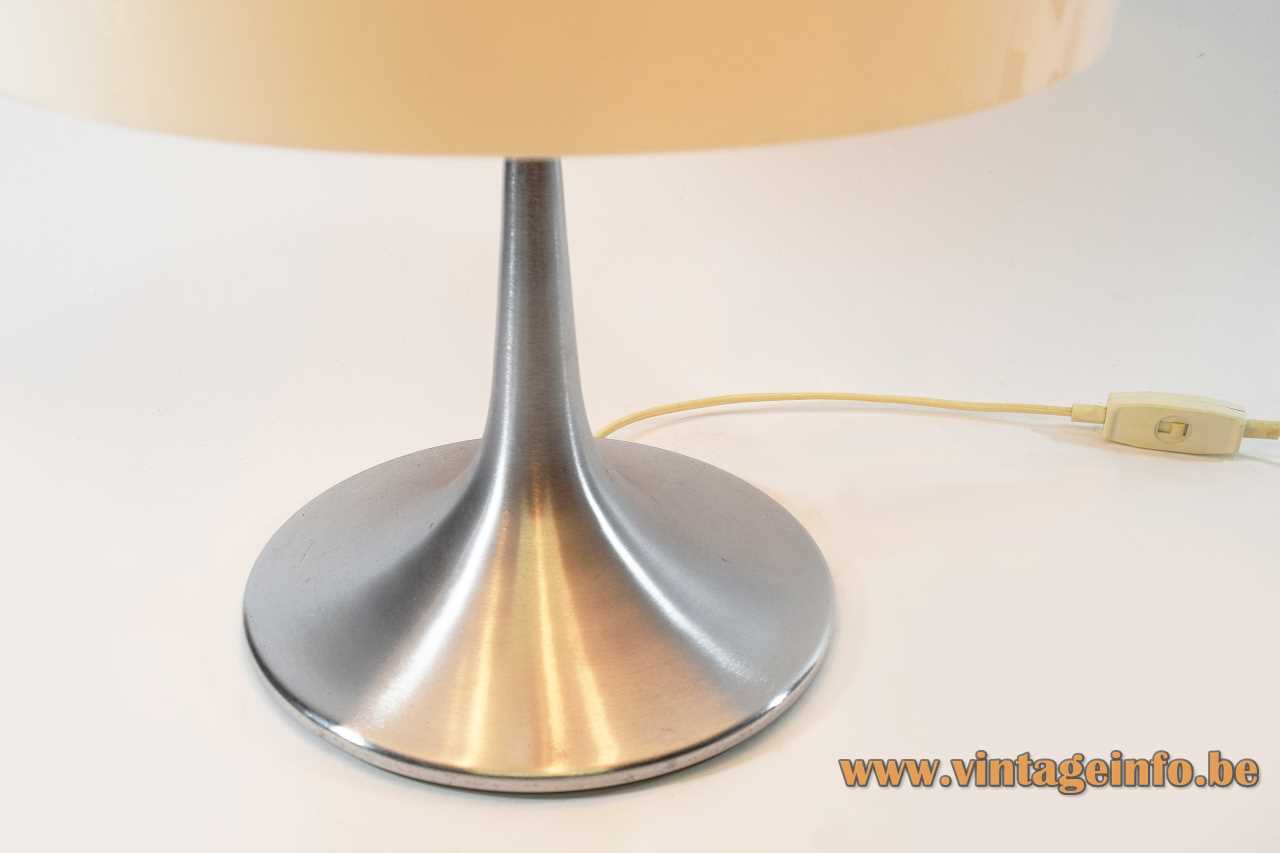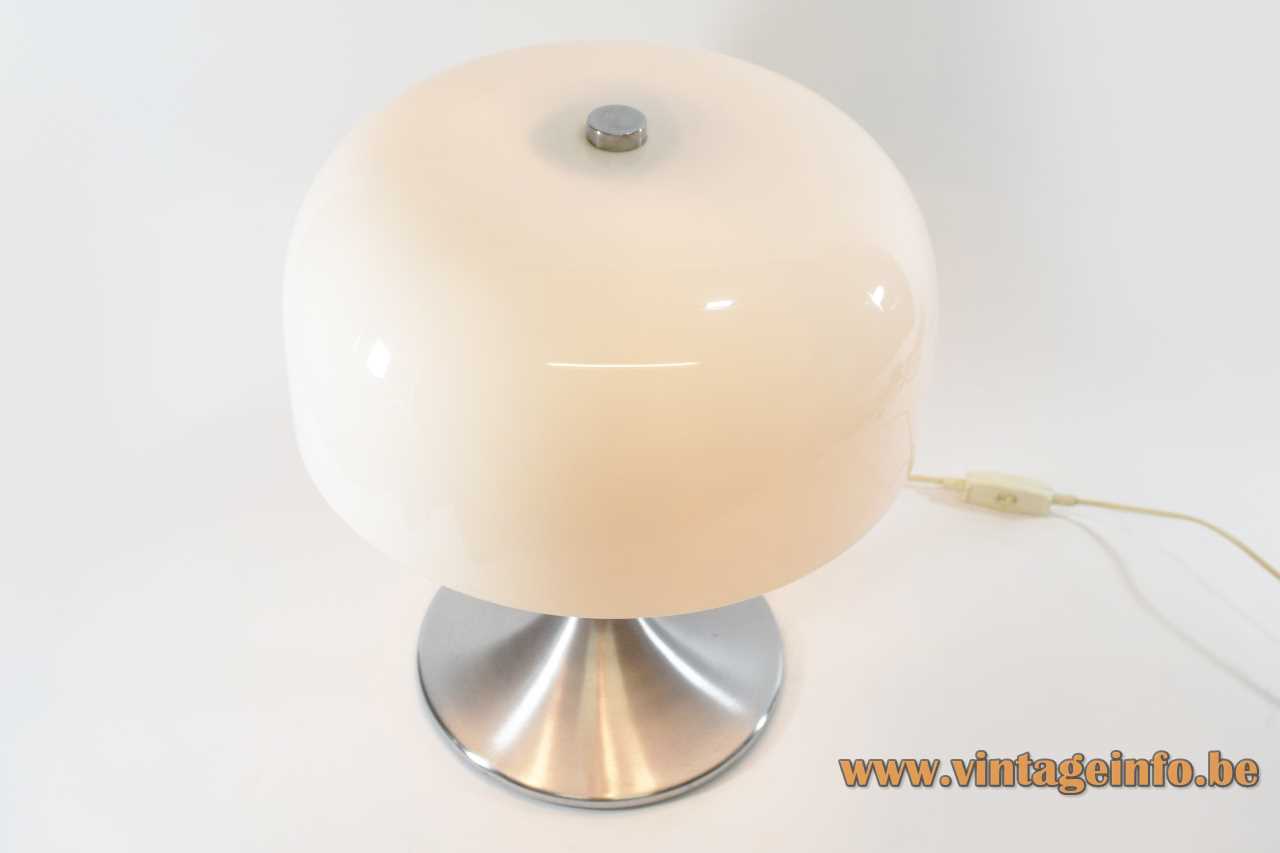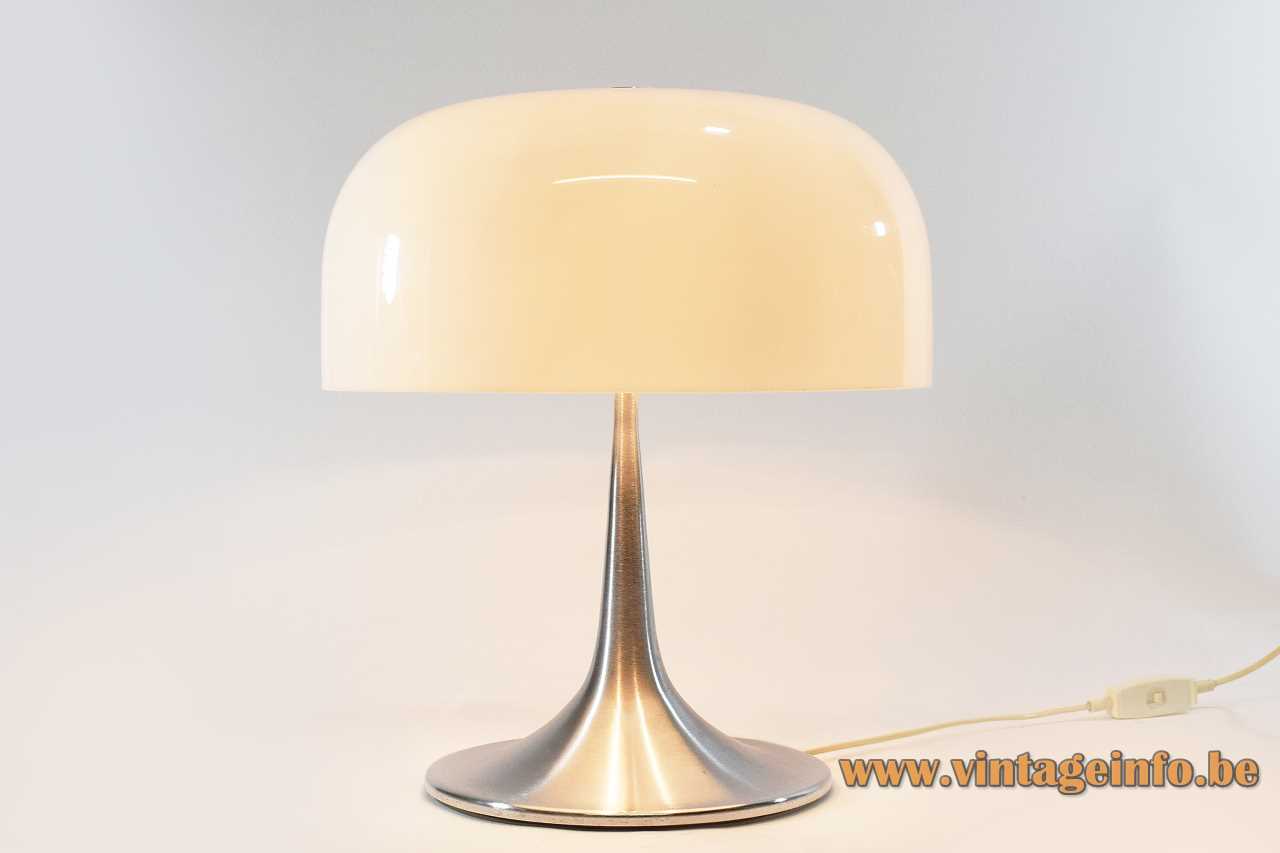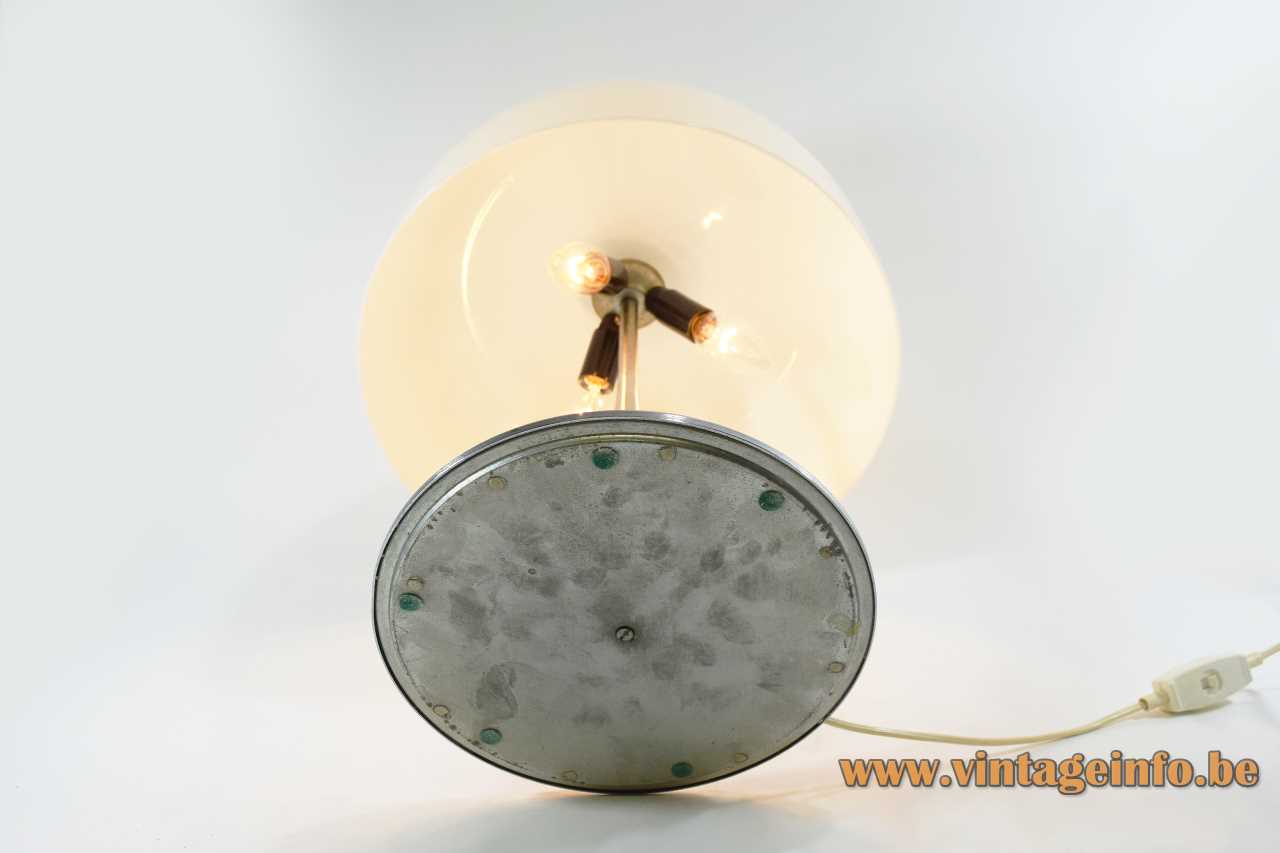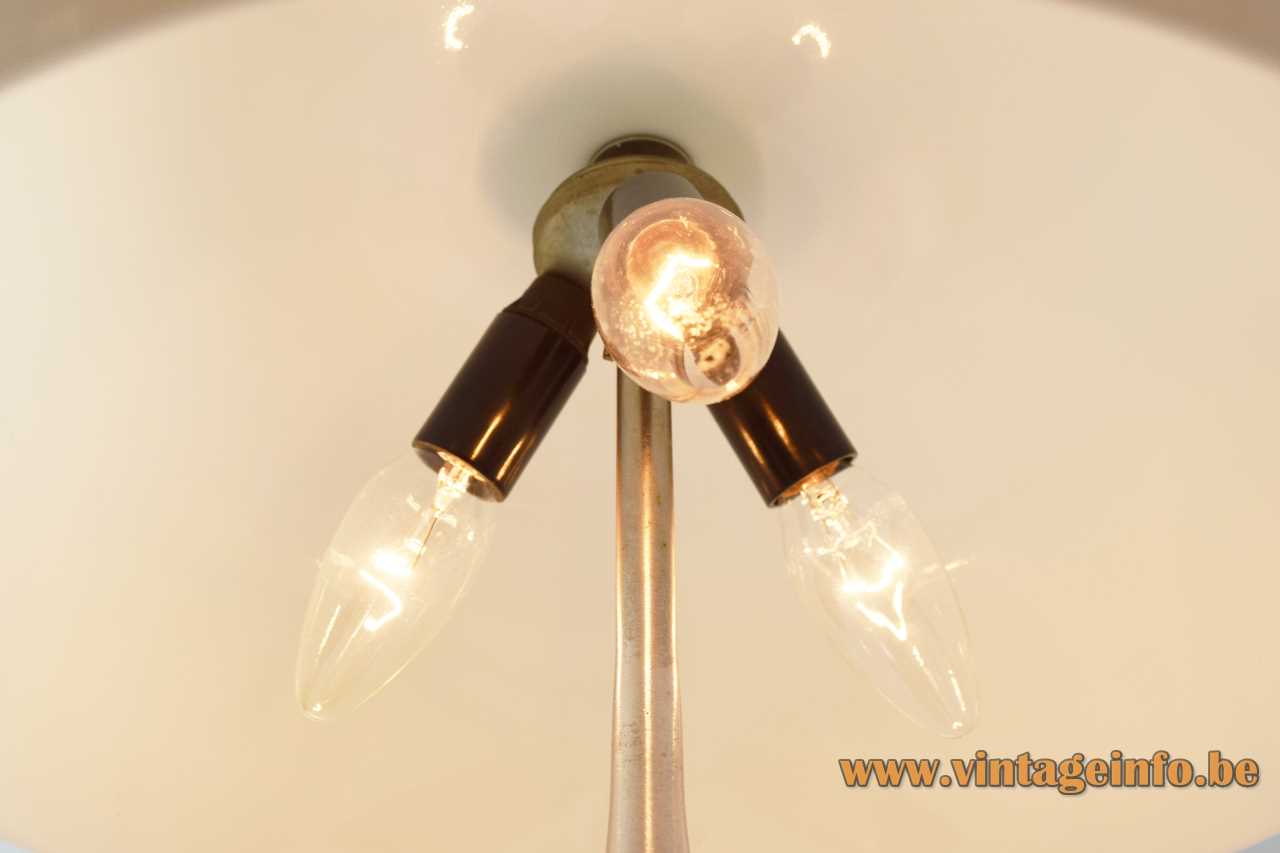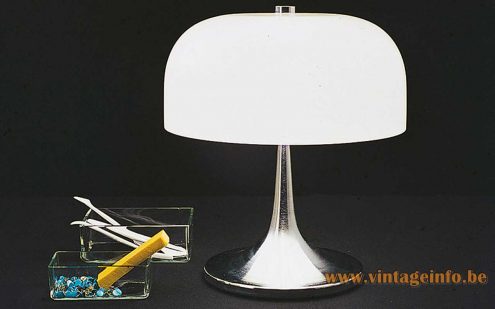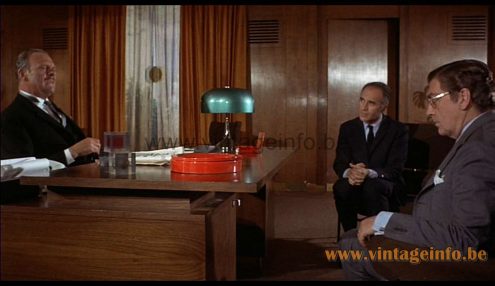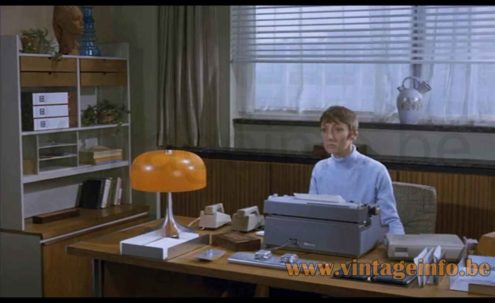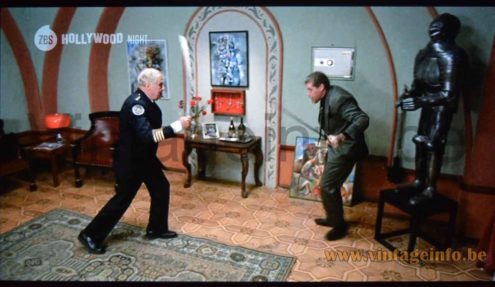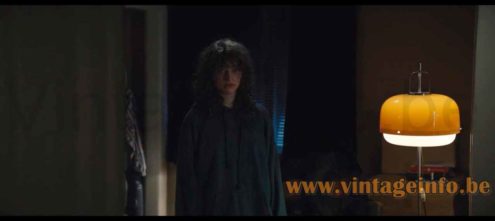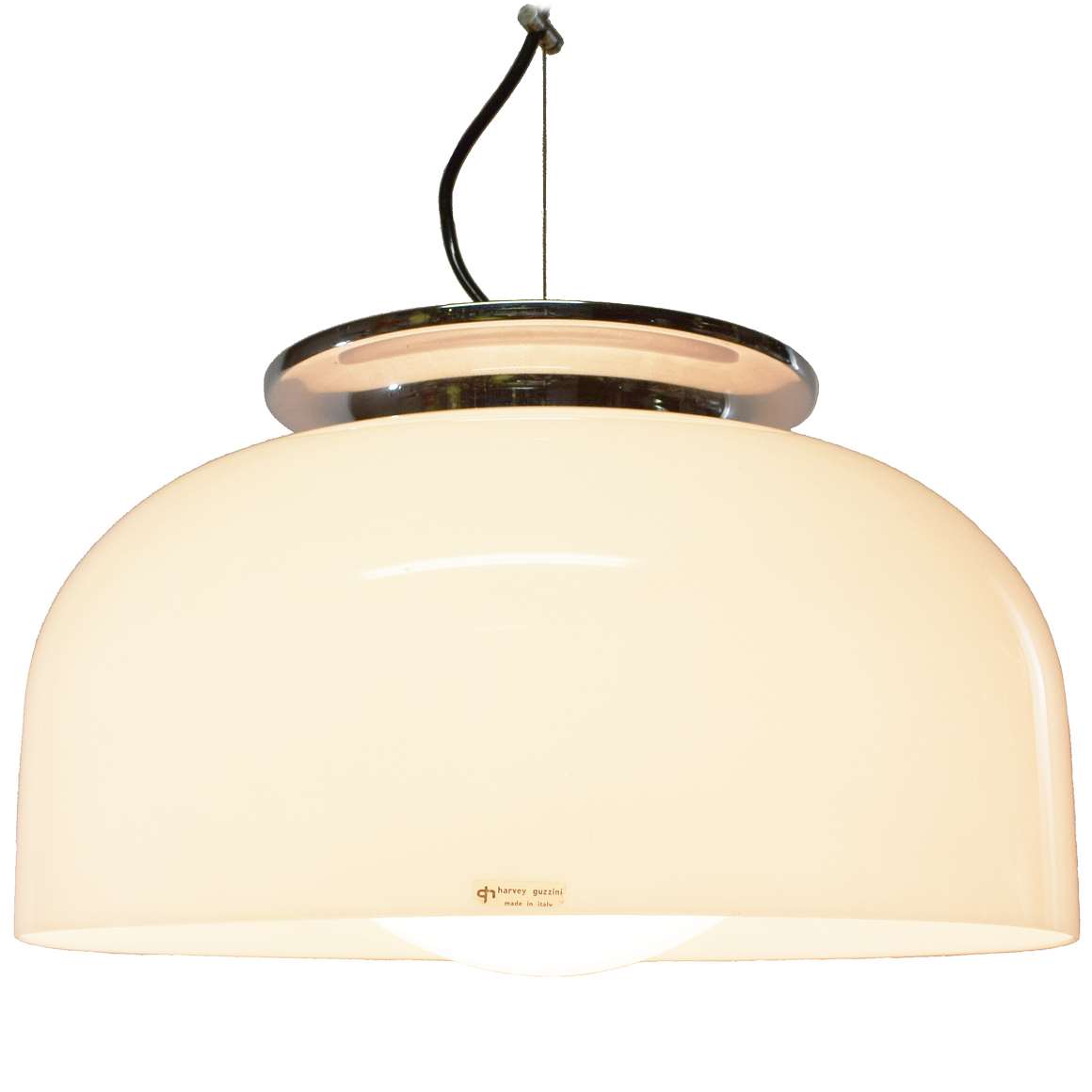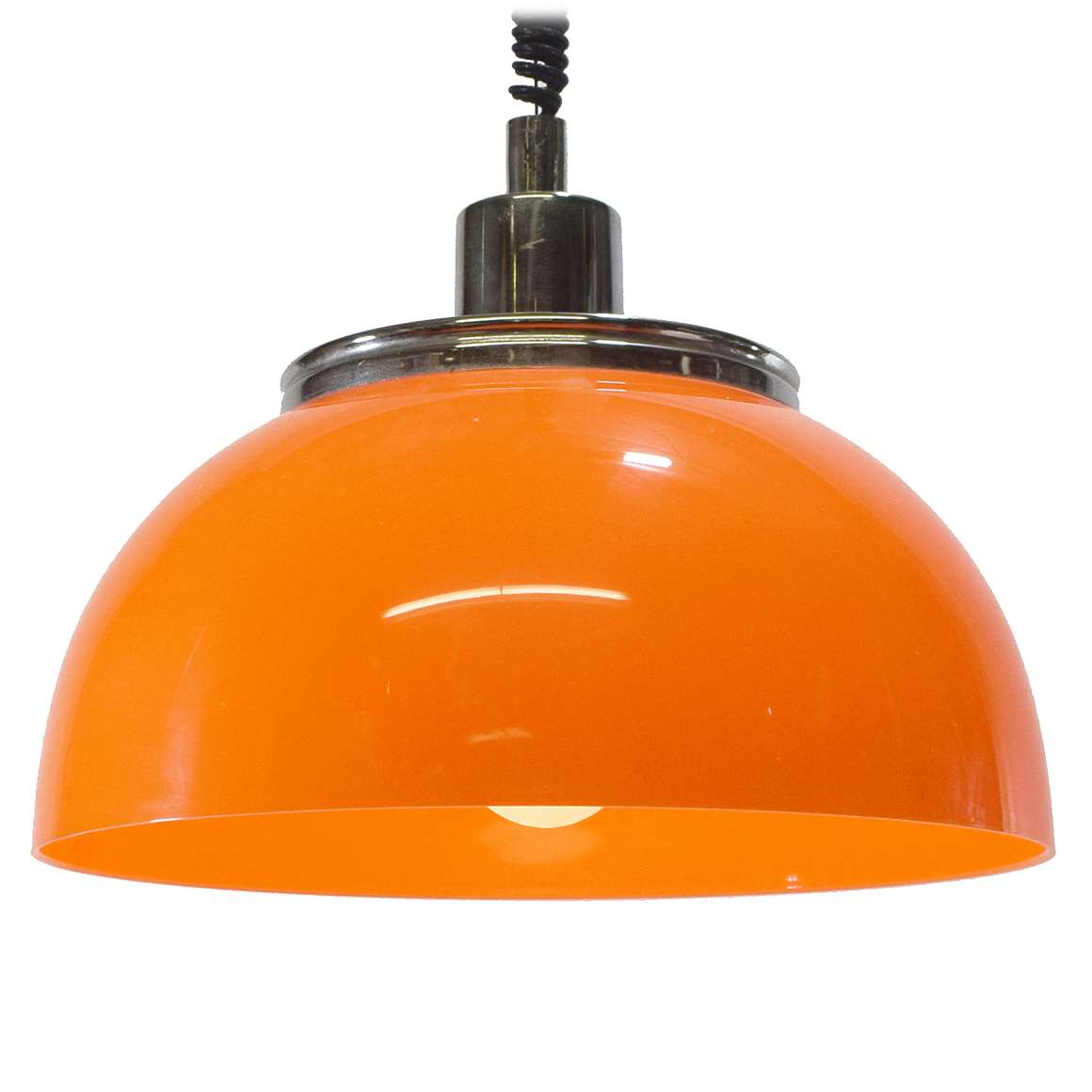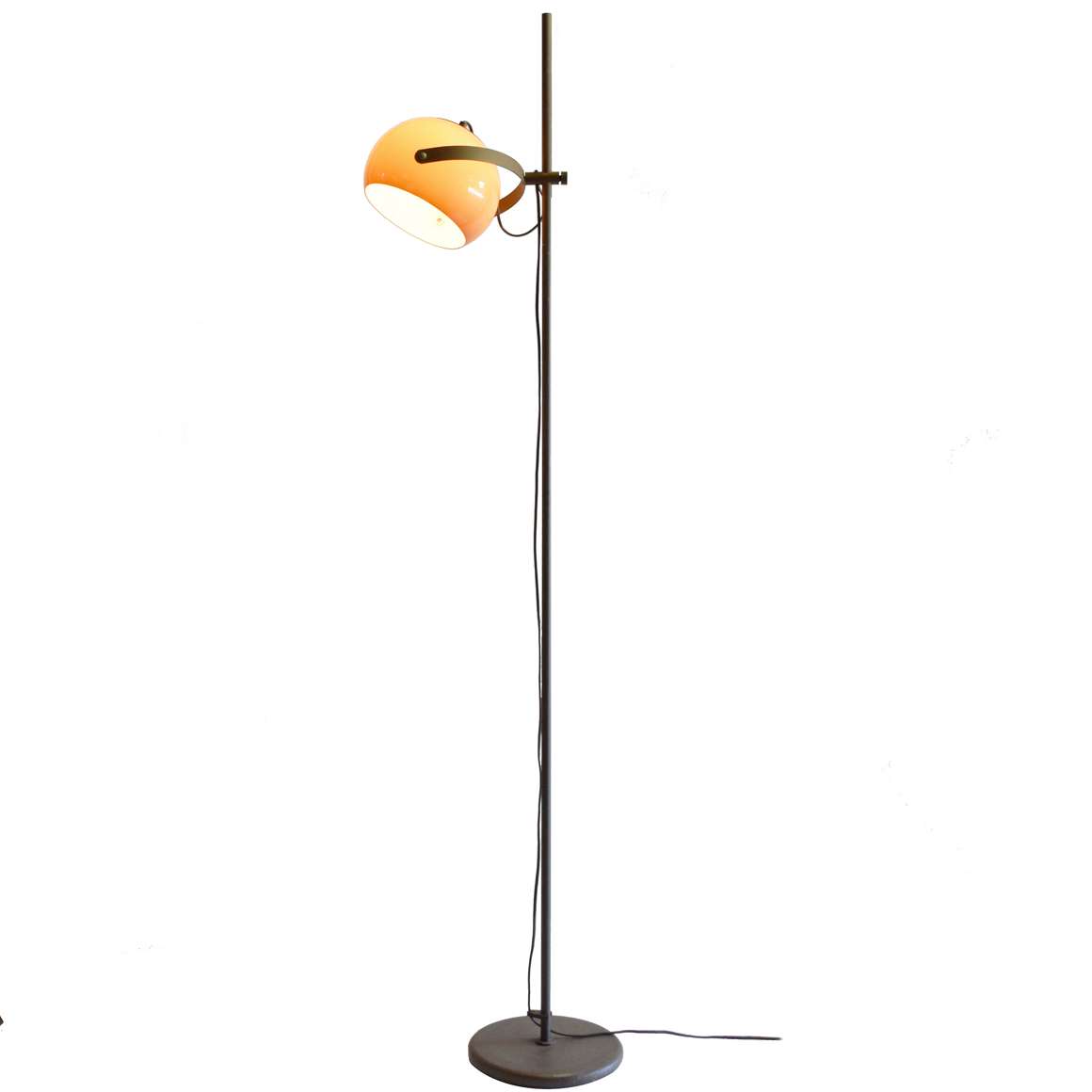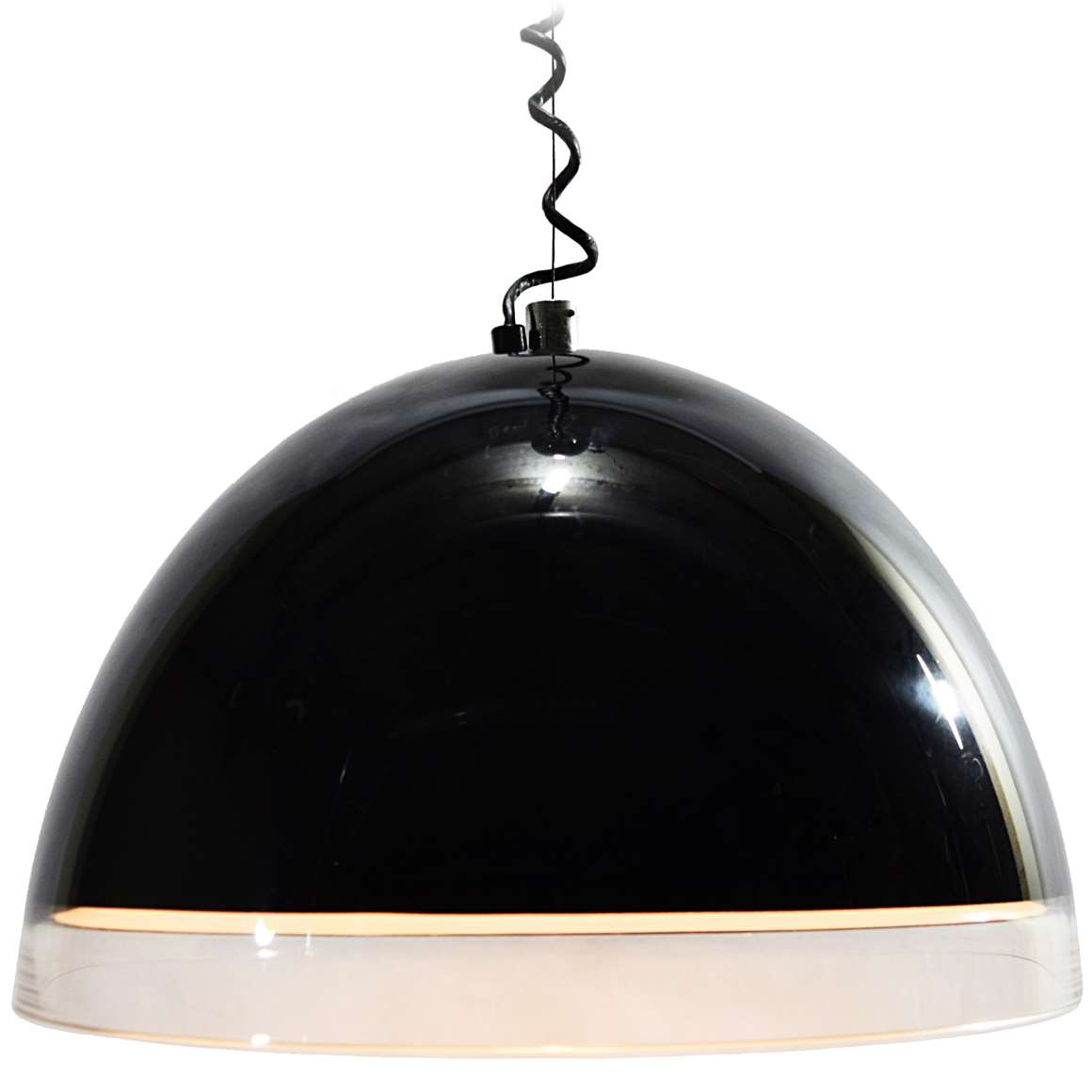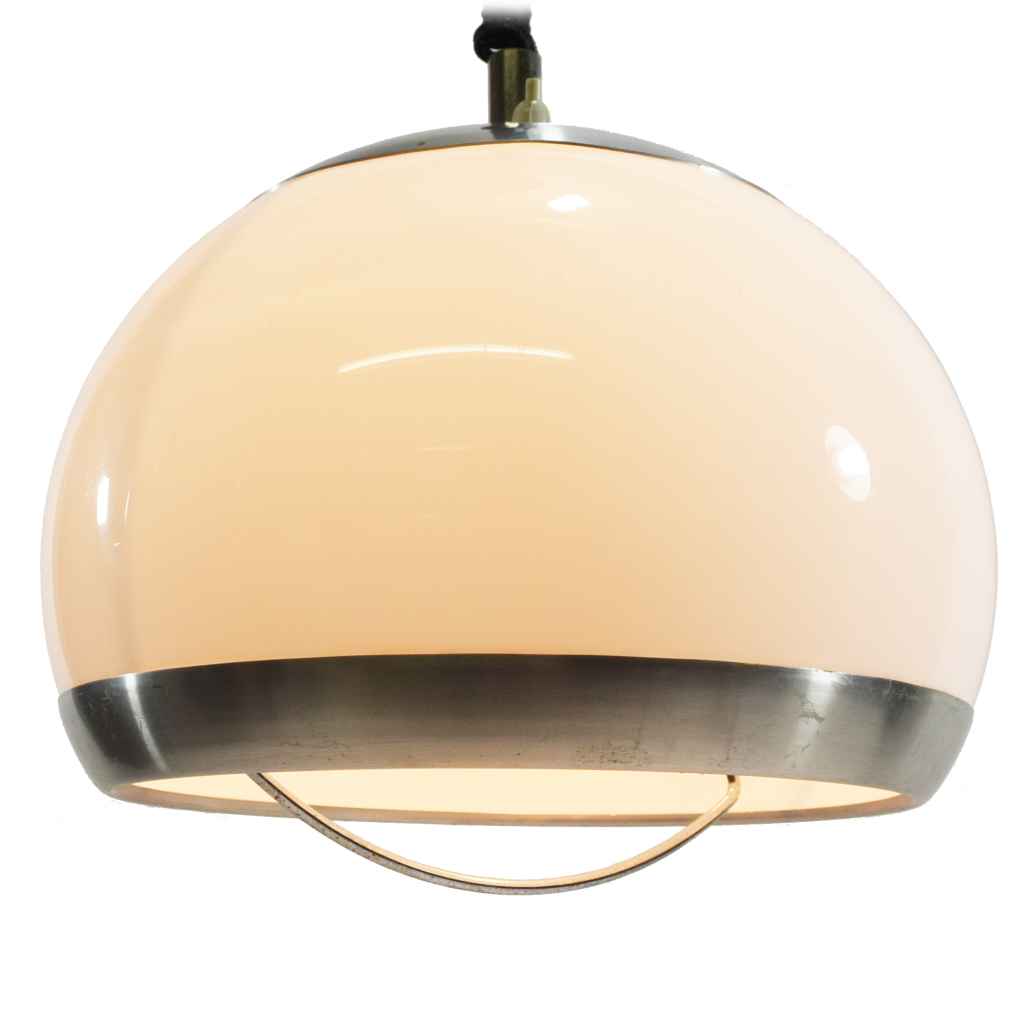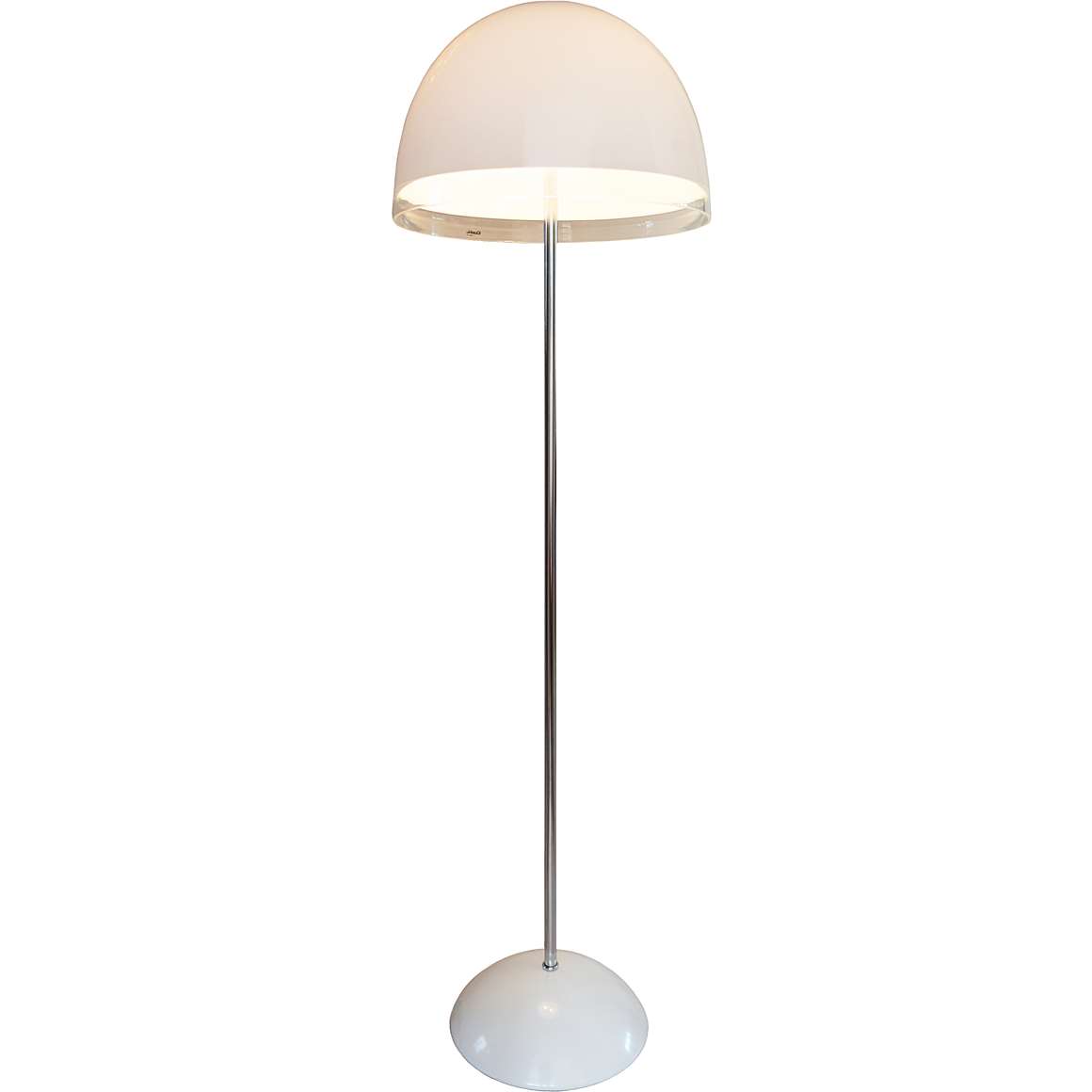Harvey Guzzini Medusa Table Lamp – 1960s Catalogue Picture
In this catalogue picture a white Medusa table lamp, the same as the one on this page.
Project Year: 1965
Harvey Guzzini Medusa table lamp
Commercial code:
DS.3 – 1965 – 1968
2177 – (1968 – 1972).
Period: 1973 – 1978
4010 – Lamp with a white acrylic diffuser below.
4011 – Lamp without the diffuser
Medusa pendant lamp
The pendant lamp was made in 2 sizes.
Commercial code:
Pendant lamps without diffuser:
3014: 35 x 23 cm / 13.77 x 9.05”
3015: 45 x 27 cm / 17.71 x 10.62”
Pendant lamps with diffuser:
3016: 35 x 27 cm / 13.77 x 10.62”
3017: 45 x 31 cm / 17.71 x 12.20”
Luciano Buttura
Luciano Buttura was an Italian architect and designer active during the 1960s and 1970s. Although biographical information about him is scarce, several contemporary sources confirm that he collaborated closely with Luigi Massoni, both in architecture and industrial design. Together they developed furniture and interior concepts in the early 1960s and later created a series of lighting designs for Harvey Guzzini.
For Guzzini, Buttura is credited with the design of several well-known models, including the Medusa, Conchiglia,Duetto, and Play lamps. These pieces reflect the company’s characteristic use of molded plastics and soft, rounded Space-Age forms, and they appear consistently across period catalogues and production documents.
Further details about Buttura’s career remain difficult to trace, yet existing documentation shows that his work extended beyond lighting: he collaborated with Luigi Massoni on furniture and interior designs in the 1960s, and contributed to architectural projects such as the church of San Carlo e Anna in San Felice. His verified lighting designs for Guzzini in the late 1960s and 1970s place him among the designers who helped define the company’s modern, softly contoured plastic aesthetic
Harvey Guzzini Medusa Table Lamp – 1960s Catalogue Picture
The following models appear in this catalogue: a Medus a pendant lamp, an orange Medusa table lamp with a white diffuser, a white Brumbry table lamp, the Arc bow floor lamp and a Lucerna-Medusa style floor lamp.
Lamps in the movies
Diabolik (1968)
A rare seen metallic green Harvey Guzzini Medusa table lamp was used as a set decoration in the 1968 film Diabolik or Danger: Diabolik. An action film produced by Dino De Laurentiis based on the Italian comic series Diabolik by Angela and Luciana Giussani. Starring John Phillip Law, Marisa Mell, Michel Piccoli, Adolfo Celi and Terry-Thomas.
All The Way Up (1970)
An orange Harvey Guzzini Medusa table lamp was used as a set decoration in the 1970 British comedy film All The Way Up. Starring Warren Mitchell, Pat Heywood and Kenneth Cranham.
Police Academy 7: Mission to Moscow (1993)
An orange Harvey Guzzini Medusa table lamp was used as a set decoration in the 1993 action comedy film Police Academy 7: Mission to Moscow. starring: George Gaynes, Michael Winslow and David Graf.
Hellraiser (2022)
A Harvey Guzzini Medusa floor lamp with a diffuser below and a Lucerna handle on top, was used as a set decoration in the 2022 American supernatural horror film Hellraiser. Starring Odessa A’zion, Jamie Clayton and Adam Faison. Many other Harvey Guzzini lamps appear in this movie that was filmed in Serbia. So they probably all have a Meblo label.
Harvey Guzzini Medusa Table Lamp
Materials: Round & conical brushed metal (aluminium) base. Galvanised lid on the bottom. White acrylic mushroom lampshade. Round chrome ornamental screw on top. Some metal parts. 3 Bakelite E14 sockets.
Height: 40,5 cm / 15.94”
Width: ∅ 34,5 cm / 13.58”
Base: ∅ 23,5 cm / 9.25”
Electricity: 3 bulbs E14, 3 x 60 watt maximum, 110/220 volt.
Any type of light bulb can be used, not a specific one preferred. But white or frosted bulbs gives the most beautiful result.
Period: 1960s, 1970s – Mid-Century Modern.
Designer: Luigi Massoni & Luciano Buttura in 1964.
Manufacturer: Harvey Guzzini, Recanati, Italy.
Other versions: This Harvey Guzzini Medusa table lamp comes in several varieties. Not only a first and a second edition exists of this table lamp, but it was sold with or without a white diffuser below. Also pendant lamps and floor lamps were made. Some models are made with the same chrome handle on top as the Lucerna.
The first editions, such as this one, have a slightly different, thinner base and some versions have another ornamental screw on top with a handle. The second edition was made “tighter”, more modern and has a chrome base.
Almost the same thing happened with the Toledo table lamp, a very similar lamp with the same base but with a different lampshade. You can find this lamp over here on Vintageinfo.
Prototypes were made from 1965 until 1973.
Acrylic
Often named by its commercial name: Perspex, Plexiglas, Crylux, Acrylite, Lucite, is a thermoplastic.
Luigi Massoni
Luigi Massoni was born in Milan, Italy, on 22 January 1930. He was an architect, industrial designer, publisher and editor. He trained at the Collettivo di Architettura in Milan and gained his first professional experience between 1953 and 1955. From the 1960s onwards he divided his time between Milan and the Marche region; he later settled in Recanati, where he died in 2013.
In the mid-1950s he began working for Alessi, where he created his famous bar set. In 1957 he designed, together with Carlo Mazzeri, the well-known cocktail shaker and shortly afterwards the Serie 5 containers, which are still in production today.
Il Mobile Italiano & Mobilia
Together with architect Carlo De Carli, Massoni helped to renew Italian furniture design in the late 1950s. Between 1957 and 1960 they founded and edited the magazine “Il Mobile Italiano”, one of the early platforms devoted to modern Italian furniture. In 1959 Massoni brought together a group of furniture manufacturers to create Mobilia, one of the first centres dedicated to the promotion of Italian design.
Boffi Cucine
Also in 1959 he began working for Boffi Cucine as a designer and production coordinator, developing some of the first modular systems for the home and kitchen. For Boffi he created the Dogu kitchen and bathroom, the Xila kitchen and bathroom, the Punto bathroom, the E15 kitchen, the AL15 kitchen and the A1 cupboard, designs that are now considered milestones in Italian kitchen design.
Publishing and communication
Massoni was deeply involved in design communication. He was editor and director of the magazine “Marmo Tecnica Architettura” from 1956 to 1963 and later of “Forme” from 1962 onwards. Through these publications he played an important role in connecting designers, craftsmen and industry, and in promoting a modern culture of industrial and craft-based production in Italy. His works were widely published in major Italian and international magazines and received numerous prizes and acknowledgements.
Guzzini group and other companies
From the early 1960s Massoni began a long collaboration with the Guzzini group. He worked for Fratelli Guzzini and Harvey Guzzini (later iGuzzini) as product and graphic designer, art director and consultant for corporate image and communication, designing numerous lamps and household objects and even the Harvey / DH logo.
Over the course of his career he also designed for a wide range of other Italian companies, including: Poltrona Frau (furniture, e.g. Dilly Dally coiffeuse and beds), Mobilia (furniture such as the Clessidra dining table), Nazareno Gabrielli (leather goods), Gallotti & Radice (glass tables and furniture), Palini (school furniture), Cedit and Gabbianelli (ceramic tiles and objects), Sirrah (lighting), Venini (glass).
In later years he also collaborated, often through the studio 967 Architetti Associati, with brands such as Poltrona Frau, Fratelli Guzzini and Upper.
Harvey Guzzini
In 1962, Luigi Massoni meets the brothers Raimondo, Giovanni and Giuseppe Guzzini in Milan: it is the beginning of a fruitful collaboration. He worked for Fratelli Guzzini and Harvey Guzzini, whatlater changed in iGuzzini, until 1976. Not only he was the art director but the coordinator of communication and advertising campaign, bringing, as pointed out by Adolfo Guzzini “a purification of the form ” and “rationality as a new social status “. He also designed the logo of Harvey Guzzini as you can see on this page.
Luigi Massoni designed some of the most beautiful lamps for Harvey Guzzini, such as the Brumbry, the Alvise, the Moana, the Toledo, the Medusa, and many others.
Harvey Guzzini / iGuzzini illuminazione
In the late 1950s the Guzzini family from Recanati (Marche, Italy) set up a small workshop for enamelled copper objects. On 30 June 1959 the brothers Raimondo, Giovanni, Virgilio, Giuseppe and Giannunzio Guzzini, sons of Mariano Guzzini, officially founded Harvey Creazioni for the production of decorative copperware. The name “Harvey” was inspired by the 1950 film Harvey with James Stewart and his imaginary rabbit friend.
Very soon the company moved from the ground floor of the family home in Recanati to a new factory in nearby Le Grazie, where the first lamps were developed. Early lighting models were designed by external designers such as Karl Roters and Charles F. Joosten (Josteen), who had already worked for Fratelli Guzzini on plastic tableware.
In the early 1960s Harvey became a true family business when more brothers joined, and in 1962 industrial designer Luigi Massoni was brought in to lead the design team. Massoni worked for both Fratelli Guzzini and Harvey Guzzini until the mid-1970s and played a key role in the transition from enamelled copper to moulded plastics such as polymethyl methacrylate (PMMA). Under his direction the company developed many of the iconic “space age” domestic lamps that defined the brand.
During the 1960s and 1970s Harvey Guzzini became one of the standard-bearers of Italian mid-century lighting design. The in-house design office, often referred to as Studio 6G or Ufficio Progetti, and external designers created a long series of acrylic pendant, table and floor lamps that combined coloured domes, chrome details and multi-light switching. These domestic lamps were distributed widely in Europe and beyond, for example through Habitat in the UK.
Design House
In the late 1960s Harvey Guzzini also introduced the Design House (DH) label for a more explicitly “design-led” range. Under this name, the company presented its products at international exhibitions and in dedicated Design House catalogues. Lamps shown in one of these catalogues include Alicante, Noppo, Ibis, Azalea, Cigno, Moon, Selene, Poliedra, Focus, Tam Tam, Squared, Taw, Cespuglio, Nastro, Moana, Nitia, Lampione, Lucciola, Piuma and Diaframma. In 1969, Harvey Guzzini also opened a Harvey Guzzini – DH store in central Milan, underlining the more design-oriented positioning of this range.
Harveiluce
Around the same period, the Harveiluce name appeared on several models, sometimes alongside or later replaced by Harvey Guzzini or iGuzzini labels. Harveiluce was thus used only for a relatively short time in the late 1960s and early 1970s, mainly as another trade name for the same family of designs that would later be marketed under the iGuzzini brand.
DOMA
In the 1970s iGuzzini also used the Doma name for a line of plastic furniture and accessories. The Doma collection included space age storage trolleys, coat racks, chairs, ashtrays and decorative spheres, often in injection-moulded ABS with metal details, designed by Luigi Massoni, Dino Pelizza, Fabio Lenci and others. These pieces were marketed under the same corporate umbrella as Harvey Guzzini and iGuzzini lighting, and the iGuzzini logo introduced in 1974 covered products sold under sub-brands such as DH, Doma and Atelier.
iGuzzini
In 1974 the company name was changed from Harvey Guzzini to iGuzzini, and in 1981 to iGuzzini illuminazione. From the mid-1970s onwards the firm progressively shifted its focus from domestic “space age” lighting to architectural and technical lighting for public and professional spaces. Today iGuzzini is an international lighting group based in Recanati, known for collaborations with architects and designers such as Gae Aulenti, Gio Ponti, Rodolfo Bonetto, Piero Castiglioni and many others, and since 2019 it has been part of the Swedish Fagerhult Group.
In 2022–2023 iGuzzini launched the iGuzzini Echoes programme: a series of re-editions of classic 1960s–1970s designs, updated with LED technology and recycled / recyclable materials. The first models to return were Polsino (Gio Ponti, re-edition 2022) and Zurigo (Luigi Massoni, re-edition 2022), followed by Nitia (Rodolfo Bonetto, re-edition 2023), Clan (Flash, Bud, Clan) and Sorella (all credited to the historic Harvey / Harveiluce design team, re-edition 2023).
Although the brand identity and product range have evolved towards professional lighting, the vintage Harvey Guzzini domestic lamps from the 1960s and 1970s – as well as the recent Echoes re-editions – remain an important chapter in the history of Italian plastic design.
Designers
Designers who worked for the company include: Luigi Massoni, Luciano Buttura, Sergio Brazzoli, Ermanno Lampa, Giuseppe Cormio, Emilio Fabio Simion, Karl Roters, Charles F. Joosten, Fabio Lenci, Bruno Gecchelin, Gio Ponti, Rodolfo Bonetto, Gae Aulenti, Piero Castiglioni, Antonella Ducci Valera, Carlo Urbinati, Felice Ragazzo, Ennio Lucini, Cesare Casati, Gianfranco Frattini, Ambrogio Pozzi, Francesco Piccaluga, Aldo Piccaluga, Makio Hasuike, Renzo Piano, Dean Skira, Maurici Ginés, Artec Studio, Enzo Eusebi, Jean-Michel Wilmotte, Arup, Norman Foster, Mario Cucinella, Massimo Iosa Ghini, Massimiliano e Doriana Fuksas, Jean-Marie Duthilleul, Roberto Pamio, Paul Andreau, Giuseppe De Goetzen, Franco Bresciani, Studio D.A.
Links (external links open in a new window)
Luigi Massoni on the Boffi website
Danger: Diabolik (1968) film – Wikipedia
Danger: Diabolik (1968) film – IMDb
All The Way Up (1970) film – Wikipedia
All The Way Up (1970) film – IMDb
Police Academy 7 (1994) film – Wikipedia
Police Academy 7 (1994) film – IMDb
Hellraiser (2022) film – Wikipedia
Vintageinfo
Medusa table lamp – second edition
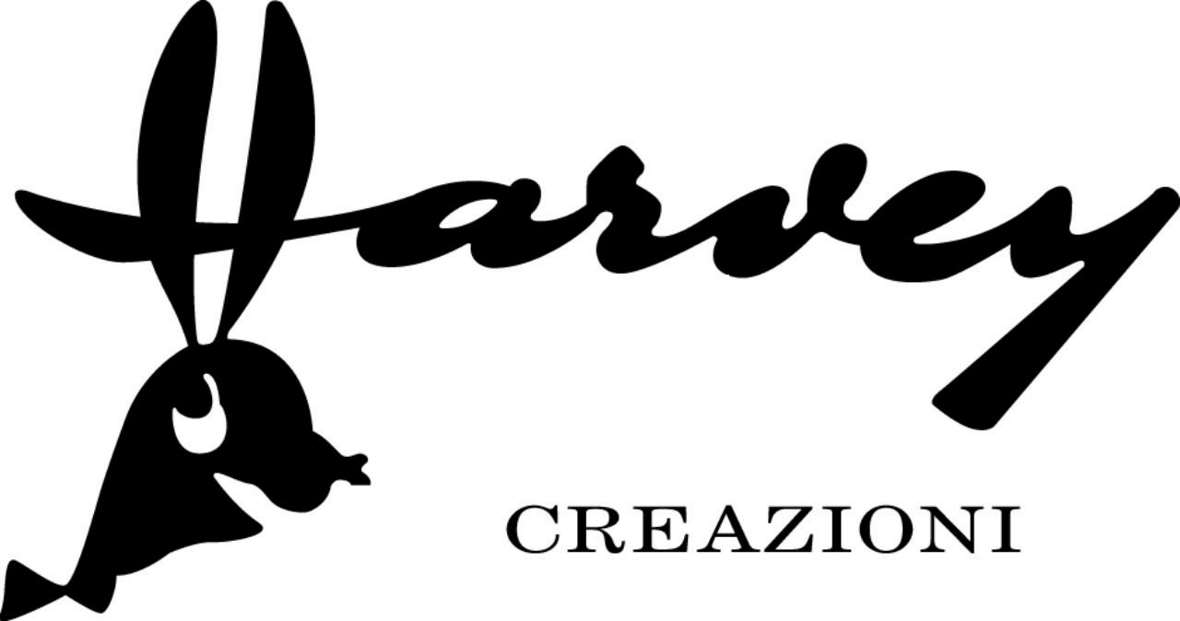
Logo used between 1959 and 1964. Inspired by the 1950 film “Harvey “, starring James Stewart.
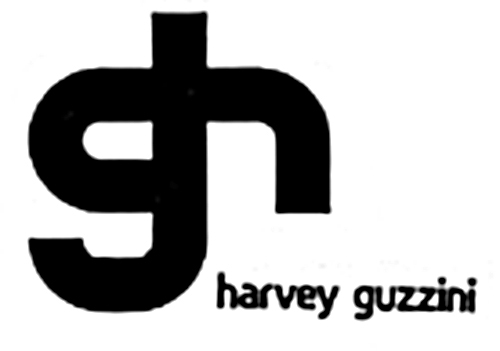
Logo used between 1965 and 1977. This logo was designed by Luigi Massoni.
The architect Massoni was invited to work with Harvey as the company’s art director, a move that gave further impetus to the idea of collaborating with designers.
Between 1967 and 1971, Ennio Lucini designed the catalogue tor the DH brand, under which lamps for home lighting were marketed.

Logo used from 1974 until today, designed by Advema G&R Associati. This logo embodied the company’s entire output, which was marketed under other brands such as DH, Doma and Atelier.
It was during this period that the company began making technical products. Spot and flood lights in particular.
